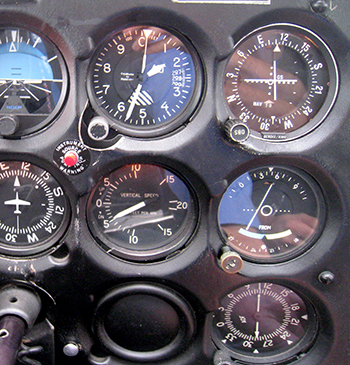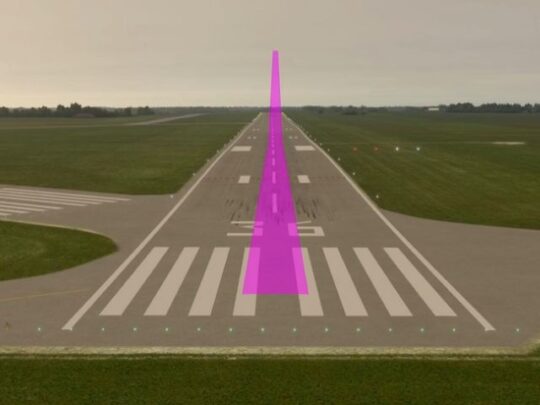Subscriber question:
"I struggle with ILS and LPV approaches. I can stay on course OK using the GPS track information, but not glideslope. Is there a trick for staying ahead of glideslope deviations?" — Tucker S.
Wally:
 “My first flight instructor told me to ignore the vertical speed indicator. He said it has lots of lag and isn’t very helpful. It only took me about 25 years of flying to figure out how wrong he was, especially when flying a glideslope.
“My first flight instructor told me to ignore the vertical speed indicator. He said it has lots of lag and isn’t very helpful. It only took me about 25 years of flying to figure out how wrong he was, especially when flying a glideslope.
We have flight instruments that tell us how fast we’re going, what direction we’re going, and how high we are. But none of them tell us our fortune—except the vertical speed indicator. It shows what the altimeter is going to say a minute from now.
Here’s an example: If I’m attempting level flight at 3000 feet and I see my vertical speed indicator showing 200 feet per minute of climb, I need to do something, or in 30 seconds I am going to be at 3100 feet. Ignore the vertical speed indicator for a full minute and I’ll be 200 feet off my altitude. So, the vertical speed indicator is predicting my future altitude. If I fix the vertical speed problem the moment it appears on the instrument, I’ll hardly leave my altitude at all and I certainly won’t have to fix it later.
Now let’s talk about how the vertical speed indicator predicts the future on the glideslope.
Everyone knows that the required descent rate to maintain the glideslope depends on the groundspeed. For most of us general aviation pilots that’s about 400 to 500 FPM.
So it’s a simple fact that if the vertical speed indicator goes to 1000 feet per minute down, we’ll be below the glide path in a few seconds. Similarly, if we see the vertical speed at 200 feet per minute down, it’s an easy prediction that soon we will be above the glide path. The fortune teller alerts us before we deviate from the glide path that we need to correct the descent rate or face the consequences.
Many pilots spend too much time watching the glideslope indicator. While observing pilots execute approaches, I’ve often watched the vertical speed needle go to zero as we fly through a little updraft. At that moment the glideslope needle is still centered. And if that’s all the pilot pays attention to he is happy, but it’s obvious that in a few seconds he is going to be unhappy because he will soon be above the glideslope.
Then it will take two adjustments to get back on: One to get back to the glidepath, and a second one to reestablish a steady descent.
If the pilot instead pays more attention to the vertical speed indicator it predicts a deviation from the glide path before it happens and can be fixed before ever leaving the glideslope.
There are lots of things to look at when making a precision approach, but keeping that fortune teller in your scan will be a big help in staying on the glideslope.”
What's your first action to correct a glideslope deviation?

